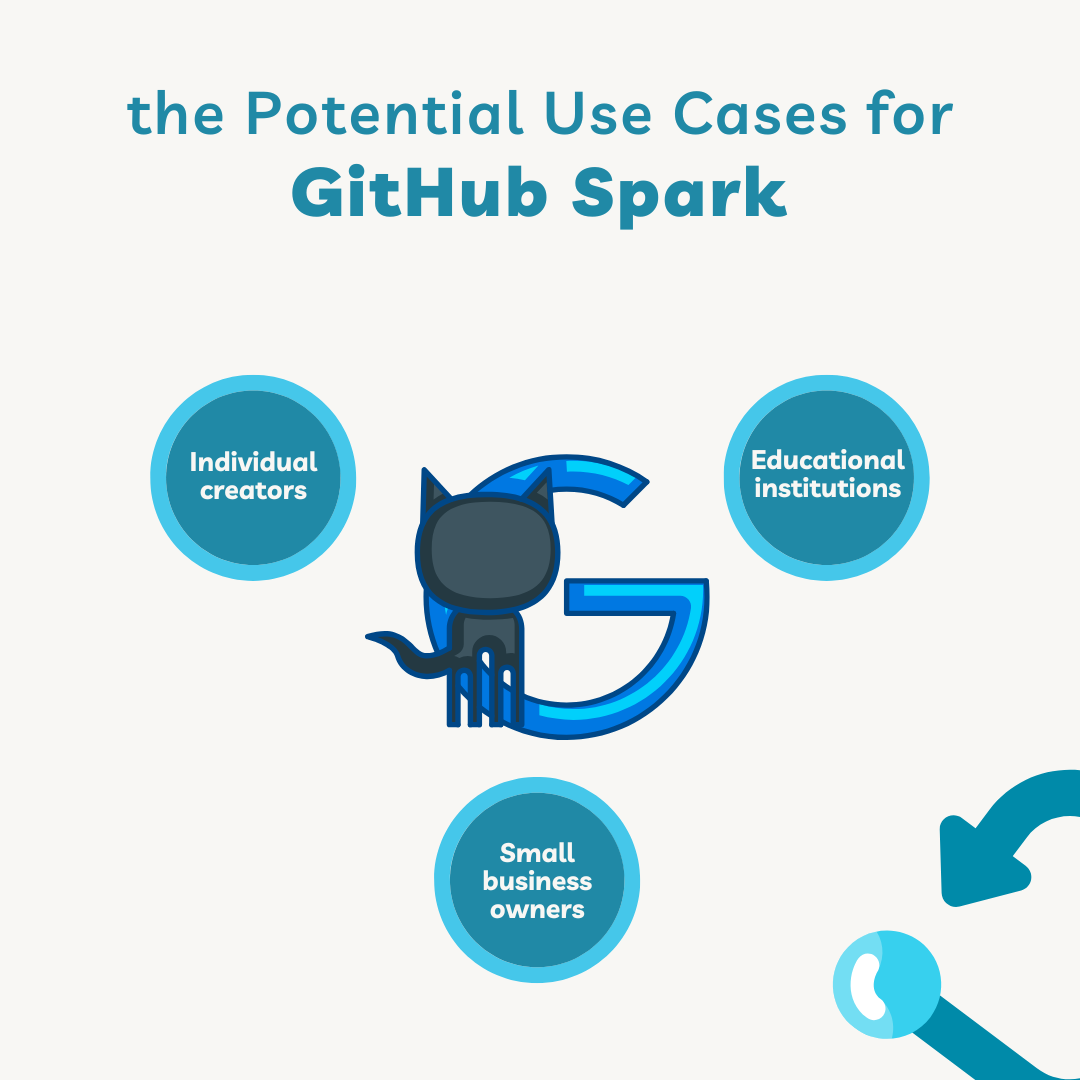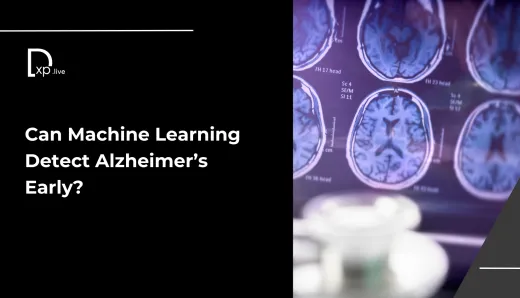GitHub Spark: A Game-Changer for Building Web Apps in Plain English

Deploy web applications with plain English code using GitHub Spark, a revolutionary new developer tool. Curiously as low-code and no-code platforms grow, GitHub Spark uniquely combines the trusted developer experience of GitHub with an accessible interface based on languages. This shift is part of an industry-wide trend, where tools that reduce the technical hurdles to coding are allowing more people to engage in digital making.
GitHub Spark allows users to explain the workings of what they want in plain English, and GitHub Spark makes it work into code. That groundbreaking innovation can revolutionize website creation, enabling people who know only a little about coding capable of creating productive apps. GitHub Spark unlocks the possibility for creativity in tech, by making app creation more accessible.
Understanding GitHub Spark: What Is It?
GitHub Spark is the streaming service part of a slate for developer tools from GitHub that it describes as “code with English” instructions to help you build web applications. By using natural language processing (NLP) to understand user input, this feature makes it possible for any developer regardless of their previous coding experience to build software by expressing intent.
Spark directly integrates with AI tools like GitHub Copilot, which provide context-aware code completions and snippets for improved developer productivity. By parsing English commands or instructions from a developer, GitHub Spark converts these into code that will run on your workflows. In addition to speeding up the coding process, this capability broadens accessibility for programming through a simplified experience that anyone can use even if they are not developers. GitHub Spark is, of course, a big win for making the tech industry both more humane and inclusive.
Transforming Development, The Game-Changing Impact of GitHub Spark
GitHub Spark is revolutionary because it democratizes software development by bridging skill gaps and enabling individuals, regardless of their coding expertise, to create functional applications. With its user-friendly interface, non-developers and beginners can engage in development tasks, significantly lowering the technical barrier that often hinders entry into the tech field. Spark's ability to accept instructions in conversational English streamlines the prototyping process, allowing users to rapidly translate ideas into working models without the need for extensive programming knowledge.
Moreover, experienced developers benefit from GitHub Spark by automating repetitive tasks, which enhances productivity and allows them to focus on more complex challenges. This combination of accessibility for newcomers and efficiency for seasoned professionals positions GitHub Spark as a transformative tool in the development landscape, fostering innovation and collaboration in a more inclusive environment. Ultimately, it represents a significant shift toward making technology creation more approachable for everyone.
Comparing GitHub Spark to Traditional Development Methods
Evidently, there are improvements in accessibility and efficiency when one compares the GitHub Spark approach to other traditional forms of development. Most times, silky coding entails lots of choreographed programming words which can be a hurdle for someone who is not a developer. However, GitHub Spark allows users to build applications using basic English words so that people who have minimal coding experience can do the work reasonably well.
Github Spark on the other hand excels from platforms like OutSystems and Mendix that provide low-code development but promise to differ in other areas that count. The constraint of having to use ‘low-code’ solutions to develop applications is no longer a limitation as users can develop complex applications with few restrictions.
Furthermore, George Washington in 1940 indicated that time is money, therefore development time ought to be minimized. Users create applications by making them verbal thus speeding the translation of thoughts into coding language. This approach enables app creation in a way that reaches out to an in-depth section of society, business, and education analysts for example, and promotes creativity in these areas.
Unlocking the Potential Use Cases for GitHub Spark

GitHub Spark offers a unique platform for various user demographics, enabling them to build applications with ease.
Individual creators, such as freelancers and entrepreneurs, can leverage Spark to create functional apps independently, even if they lack extensive coding skills. This democratizes app development, allowing for creativity without the barrier of technical expertise.
Small business owners can benefit significantly from GitHub Spark by developing simple applications aimed at enhancing customer engagement or streamlining internal processes. The platform reduces the need for a full development team, enabling SMEs to be more agile and responsive to their business needs.
Educational institutions can utilize Spark as a teaching tool, offering students a hands-on experience in web app development. Its user-friendly interface and straightforward design promote engagement and help students grasp coding fundamentals in a fun and interactive way, preparing them for future technological endeavors. Overall, GitHub Spark serves as a versatile tool across various sectors, fostering innovation and accessibility.
Challenges and Limitations of GitHub Spark
This may be a cool new way to make web applications, but it is not without its challenges and limitations when using GitHub Spark. The main constraint is its complexity; while Spark deals well with simple projects, complex applications may require conventional code to operate as desired. If users continue to work with ever more complex requirements, they may well hit the wall in terms of what it can do.
Additionally, it may not be reliable or accurate However, the process of translating complex natural language instructions into code will not always produce desirable outcomes — which may result in bugs or misinterpretations. They will be limited as developers who rely on Spark for precision in their applications.
The viability of GitHub Spark also hinges on the quality of Comlir data used for AI training. The underlying AI model has to be improved continuously; even as the technology grows, in order for it to perform better and adapt itself when used on different types of coding.
In summary, GitHub Spark plays a pivotal role in democratizing web development by providing an accessible platform that bridges the gap between low-code solutions and traditional programming. By enabling users to create web applications using plain English, it empowers non-developers to bring their ideas to life without deep technical expertise. While GitHub Spark has the potential to become a mainstream tool, its long-term impact will depend on its ability to integrate into broader development workflows and adapt to evolving user needs. We encourage readers to explore GitHub Spark, especially those eager to delve into web development without extensive coding knowledge.
Explore how GitHub Spark transforms coding by allowing you to build applications using plain English commands. Whether you’re a beginner or an experienced developer, this innovative tool can enhance your workflow and creativity. Don’t miss out—visit digitalexperience.live to discover how GitHub Spark can help you bring your ideas to life!
FAQs
1. What actually is GitHub Spark?
GitHub Spark is actually a new application that in fact makes web development a child's play by allowing users to make applications in plain simple English. It utilizes NLP technology to allow user commands to be converted into functioning codes, thereby making it possible for non-technical persons to make applications.
2. Who can use GitHub Spark, and what is its purpose?
GitHub Spark’s target audience is both novice users and seasoned programming specialists. People who do not have a developer's skill can easily make useable apps without knowing a lot of coding and practitioners get to automate boring work and handle only the complex tasks.
3. What are the risks involved in using GitHub Spark compared to other coding tools?
As long as GitHub Spark is not for people with technical or programming language knowledge, one can basically think of an idea and formulate the language and GitHub Spark turns the words into a working application. This drastically reduces the barriers to technical ability thus allowing more people to create functional web applications.
4. Can GitHub Spark handle complex applications?
While GitHub Spark excels in creating simple applications, it may struggle with more intricate projects. Users may still need traditional coding skills to address complex requirements or achieve specific functionality beyond the tool’s capabilities.
5. Is GitHub Spark a long-term solution for web development?
GitHub Spark has the potential to become a mainstream tool in web development, especially as it continues to evolve. Its ability to integrate into broader development workflows and adapt to user needs will determine its long-term impact on the industry.



